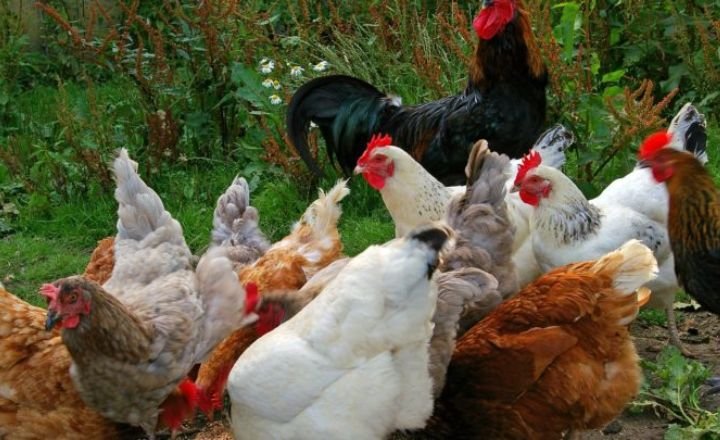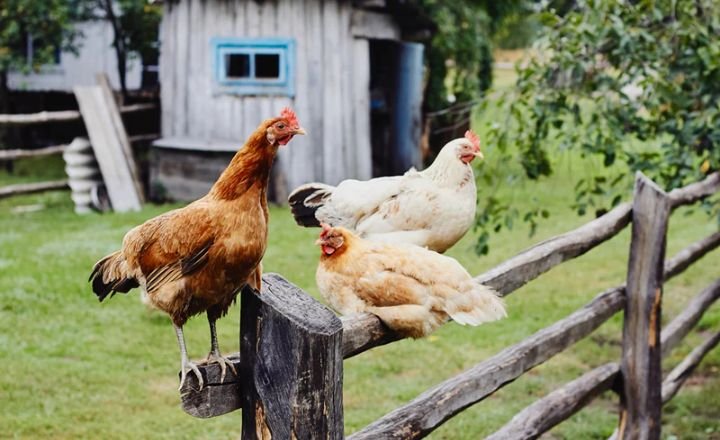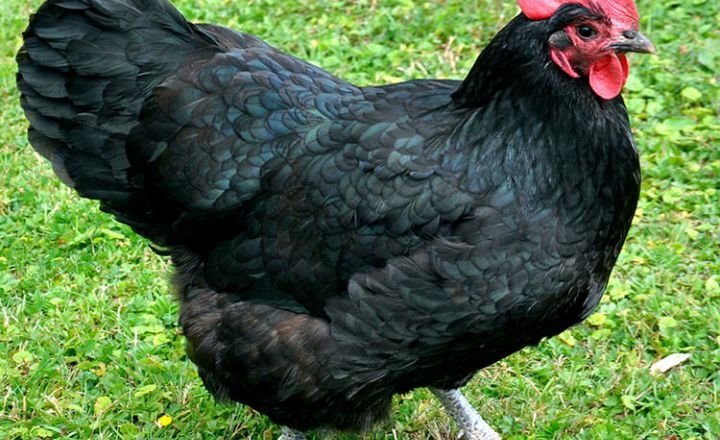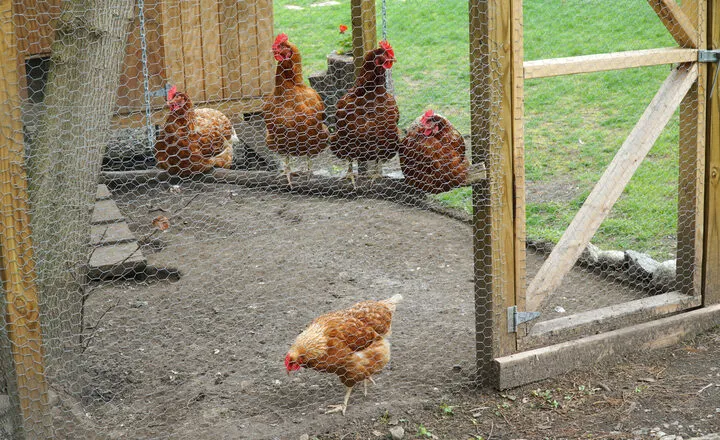Chickens, those quirky and clucking creatures that have become a staple in many backyard coops, have surprisingly specific spatial needs. There’s a delicate balance to strike in providing chickens with adequate room to roam while maximizing efficiency and resources.
How many square feet per chicken is not just a matter of numbers, but it delves deep into the ethics and welfare of these feathered creatures. For a backyard hobbyist or an aspiring commercial farmer, understanding the ideal living space for chickens is crucial for their well-being and productivity.
How Many Square Feet Per Chicken?
Considering the space requirements for chickens is essential to ensure their well-being and productivity. Heavier breeds will need more room to move around comfortably; smaller heritage chickens can manage with less space.
The necessary coop size, especially in colder regions where chickens may need additional space to huddle together for warmth. When raising chickens, the space requirements for different breeds play a crucial role in ensuring their well-being and productivity.
Smaller chickens or Bantams typically need 5 square feet per chicken, emphasising the need for adequate room for these pint-sized birds to move around comfortably.
Rule of Thumb
In determining the right amount of space for your chickens, it’s essential to consider more than just square footage. Factors such as the layout of the coop, the availability of roosting space, and adequate ventilation all play a crucial role in ensuring your flock’s well-being.
The 2 to 3 square feet per chicken rule is a good starting point; observing their behaviour and adjusting accordingly is essential.
Free-Range Space Per Chicken
A world where chickens roam freely, exploring vast landscapes and foraging for their food. This is the reality for some lucky fowl who are granted the freedom to free-range.

Each chicken requires 250-300 square feet of space; these wandering birds have ample room to spread their wings and live life to the fullest.
Run Size Per Chicken
When designing a chicken run, it’s essential to consider the size and breed of your chickens to ensure they have enough space to roam freely and engage in various activities. By incorporating high perches, walkways, and platforms into the run, you can stimulate their instincts and keep them entertained throughout the day.
Bantams and smaller-sized chickens require a minimum of 5 square feet per bird to prevent overcrowding and promote their well-being. A chicken, providing at least 8 square feet per hen, allows them to move around comfortably and exhibit normal behaviours.
Larger breeds of chickens need a spacious run with 15 square feet per bird to prevent stress and aggression due to limited space. Research has shown that allowing at least 10 square feet of space per Cinnamon Queen Chicken can help reduce stress levels and prevent aggressive behavior within the flock.
Things to Consider When Determining Square Footage, Per Chicken
A providing the suitable space for your flock, one size does not fit all. Overcrowding can lead to stress, health issues, and even aggression among chickens. By carefully considering the number of birds in your flock and the specific conditions they are subjected to, such as weather and environment, you can create a space that allows them to thrive.

For free-range chickens, ample space is essential to ensure they have room to roam and exhibit natural behaviours. Confined chickens will require more thoughtfully designed spaces that provide enough room for movement while also considering factors like ventilation and lighting.
Factors Influencing The Chicken Space Size
The following factors should not be overlooked when determining the size of the chicken space.
Size: The size and weight of your chickens are crucial when planning their coop space. Bantam chickens, known for their smaller size, are ideal for those with limited space as they require less room to roam than larger breeds. Standard and large chickens, on the other hand, need ample space to move about comfortably and engage in natural behaviours.
Temperament: Raising poultry and understanding the unique characteristics of different breeds is crucial. Some breeds naturally have more aggressive tendencies than others, making it essential to provide adequate space and monitoring.

For example, Silkies are known for their friendly and docile nature, thriving in larger flocks where they can socialise peacefully.
Accessories: Keeping a flock confined to a pen can lead to animal boredom and stress. To combat this, providing various stimulating activities is essential for their well-being. Leaf piles offer a fun challenge for scratching and pecking and an opportunity for the birds to exhibit their natural foraging behaviours.
Weather: Like most birds, Chickens are sensitive to cold temperatures and tend to huddle together for warmth in chilly weather. This natural behaviour means that chickens will instinctively seek shelter in their coop for more extended periods during colder months.
How Many Nesting Boxes Do I Need?
The general rule is to have one nesting box for every 3-4 hens. This ratio ensures that there is enough space for each hen to comfortably lay their eggs without overcrowding. Having multiple nesting boxes can help prevent any potential conflicts or competition among the hens for a preferred spot.

The size of the nesting box is also important, with each box ideally being around 1 square foot in area. This size provides enough room for the hen to move around and nest comfortably while also accommodating the size of the eggs they will be laying.
Conclusion
In the above content, we discussed how many square feet per chicken. That is crucial for their well-being and productivity. B breed, size, and behaviour should all be considered when calculating space requirements. Providing ample space promotes healthier and happier chickens and reduces the risk of disease outbreaks and aggressive behaviour.
Poultry owners need to prioritize the welfare of their flock by ensuring they have enough room to move freely and exhibit natural behaviors. You can create a comfortable and thriving environment for your feathered friends.
FAQ’s
How much space does each chicken need in a coop?
It can vary depending on the breed and size of the chicken. Providing at least 2-3 square feet of space per chicken inside the coop is recommended. This allows them enough room to move around comfortably and exhibit natural behaviours.
How many chickens can I raise in a 100-square-foot area?
It will depend on the breed of chickens, their size, and the space requirements for each bird. Allowing at least 2-4 square feet of space per chicken in a coop or run is recommended.
How does the size of the chicken breed affect space requirements?
It is needed for optimal health and well-being. Larger chicken breeds like Brahmas or Jersey Giants require more space than smaller breeds like Bantams. More giant chickens need more room to move comfortably, stretch their wings, and exercise.
What is the average lifespan of a chicken?
The average lifespan of a chicken typically ranges from 5 to 10 years, depending on the breed and living conditions.
